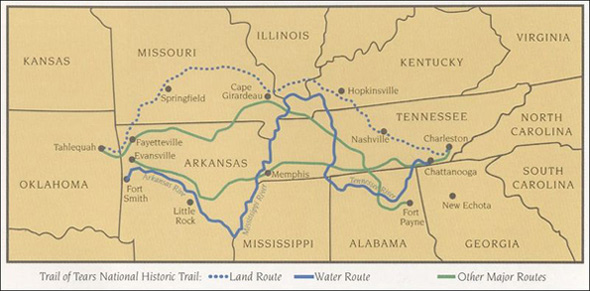While researching Nanook of the North and looking for other film based cultural media, I came across the Daughters of the Country film series that was produced by the National Film Board of Canada. The series dramatize general themes and time periods in Metis history, from 1770 to present day. Film descriptions provided by NFB Canada. All films are available on the National Film Board of Canada’s website for online viewing, and/or purchase.
The films are:
1) Ikwe – This film features a young Ojibwa girl from 1770 who marries a Scottish fur trader and leaves home for the shores of Georgian Bay. Although the union is beneficial for her tribe, it results in hardship and isolation for Ikwe. Values and customs clash until, finally, the events of a dream Ikwe once had unfold with tragic clarity.
2) Mistress Madeleine – This film, set in the 1850s, unfolds against the backdrop of the Hudson’s Bay Company’s monopoly of the fur trade. In protest, some Métis engage in trade with the Americans. Madeleine, the Métis common-law wife of a Hudson’s Bay Company clerk, is torn between loyalty to her husband and loyalty to her brother, a freetrader. Even more shattering, a change in company policy destroys Madeleine’s happy and secure life, forcing her to re-evaluate her identity.
3) Places Not Of Our Own – This film, set in 1929, depicts how Canada’s West, home to generations of Métis, was taken over by the railroads and new settlers. As a result, the Métis became a forgotten people, forced to eke out a living as best they could. At the forefront is Rose, a woman determined to provide her children with a normal life and an education despite the odds. But due to their harsh circumstances, a devastating and traumatic event transpires instead.
4) The Wake – This film , set in contemporary Alberta, is the story of the love affair that blossoms between a well-meaning Royal Canadian Mounted Police officer and a young Metis woman. The Metis have a strong sense of community but there is also a feeling of separateness defined by racial origins and economics. In this atmosphere, the romance offers a new sense of hope. Then, during a dark winter’s night on a frozen lake, something happens to change the lovers’ lives forever.
The films are available here: National Film Board of Canada

